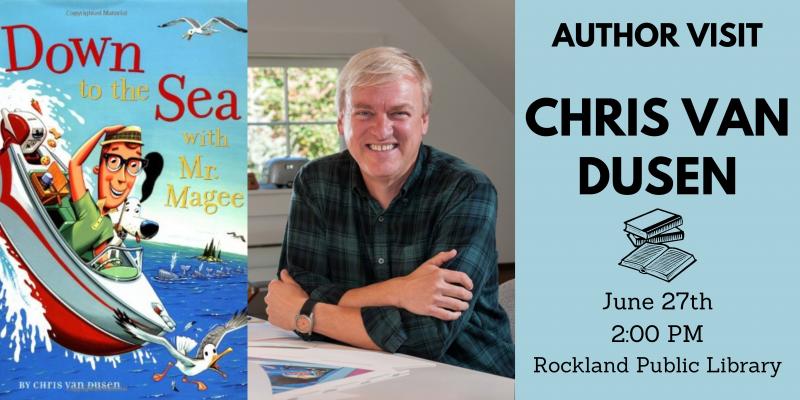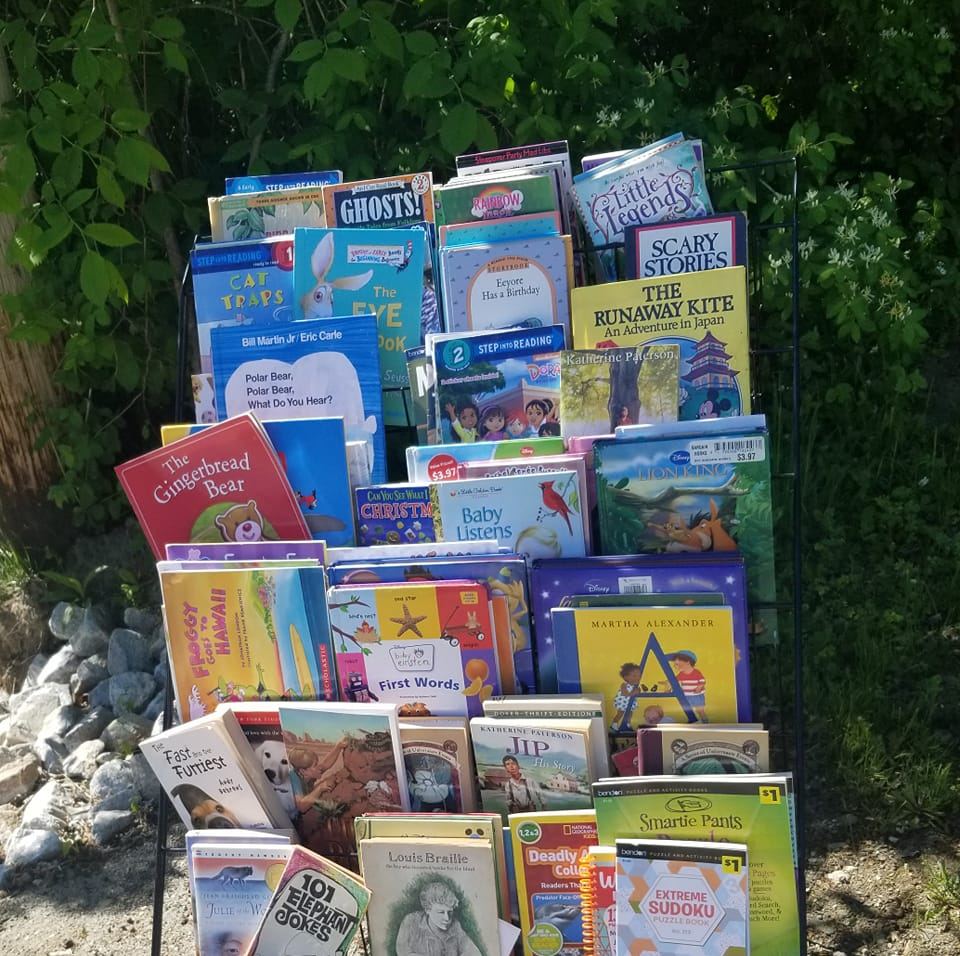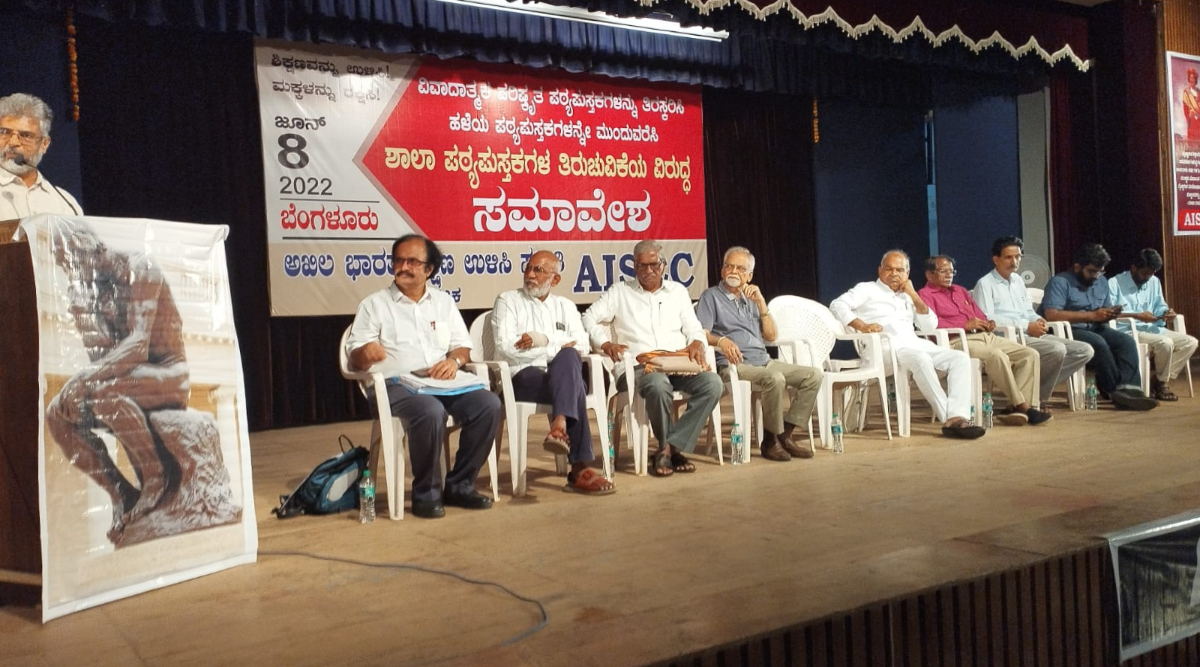We think this law leaves some pretty key terms undefined. Take “sexual orientation”. There are many ! Answering a question (“in-class instruction”) on any of them could land you in hot water. So, just to be safe, you should probably squeeze more than our book out of your program. In case it helps, here are a few that we think might get you in trouble.
• “The Story of Ferdinand”, by Munro Leaf — for gender identity
We know it, we love it too! But a bull who doesn’t hustle and prefers to sit in the shade and smell the flowers? This will take you directly to verboten discussions about gender identity. “Do some boys like flowers?” “Why aren’t cows invited to bullfights? “Can ungulates be non-binary?” You don’t want to go there.
• “Make way for the ducklings”, by Robert McCloskey — for sexual orientation
Such a gem, but sadly, there’s no getting around the sexual orientation of this couple of mallards. One is a man; the other is feminine. They go island hopping, hatch eight ducklings and care for their young together. Heterosexuality is a sexual orientation, folks! Unless you want to be hit with newly illegal questions like “Are Mr. and Mrs. Mallard married?” or “Why would a girl want to marry a boy?” you should probably cancel this one too.
• “The country rabbit and the little golden shoes”, by DuBose Heyward — for very sexual orientation
“The little Cottontail girl has grown into a young Cottontail woman. And gradually she had a husband and then one day, to her surprise, there were twenty-one Cottontail babies to take care of. Tempting at Easter, but skip it.
• “Mike Mulligan and his steam shovel”, by Virginia Lee Burton — for gender identity and sexual orientation
A hardworking backhoe named Mary Anne is bound to raise gender identity issues. “How do you know if an engine is a boy or a girl? “Can boys be backhoes?” ” Stay away. Ditto for the author’s books on a tractor (“Katy”) and a cable car (“Maybelle”), as well as for the title Little Engine That Could by Watty Piper, who uses her/her pronouns. In the meantime, all these machines appear resolutely unique. Could they be asexual? It’s probably best to give any books that feature gender-specific heavy machinery a major focus, at least until we can figure out what it’s all about.
• “A kiss for Little Bear”, by Else Holmelund Minarik — for pansexuality
Grandma wants to give Little Bear a kiss, so we watch a bear kiss a female hen, who kisses a male frog, who kisses a male cat, who kisses a male skunk, who gets into a serious fight with a female skunk ( they get married) before returning the kiss to the chicken, who kisses Little Bear. It’s like Berlin in the 1920s. Skip!
• “Good night, gorilla”, by Peggy Rathmann — for this bedroom scene
A zookeeper shares a bed with a woman who calls him “dear”, only to be joined by a mouse and a monkey (who look like they’ve been there before). You don’t want to discuss “polyamory” with your principal.
• “The Hungry Caterpillar,” by Eric Carle — for the fabulous
A voracious, and possibly gender-fluid, male caterpillar mysteriously transforms into a “beautiful butterfly.” trans dish? Don’t risk it.
Come to think of it, eliminating all books with characters who have a gender identity or sexual orientation doesn’t leave much. You probably want to avoid any books that deal with love or relationships. Also, books with people or animals or things that are male or female or of another sex or non-gender.
In fact, it’s probably best to skip the pounds altogether. Maybe stick to games.
Is the duck, duck, goose all right?
 Zoo Book Sales
Zoo Book Sales




